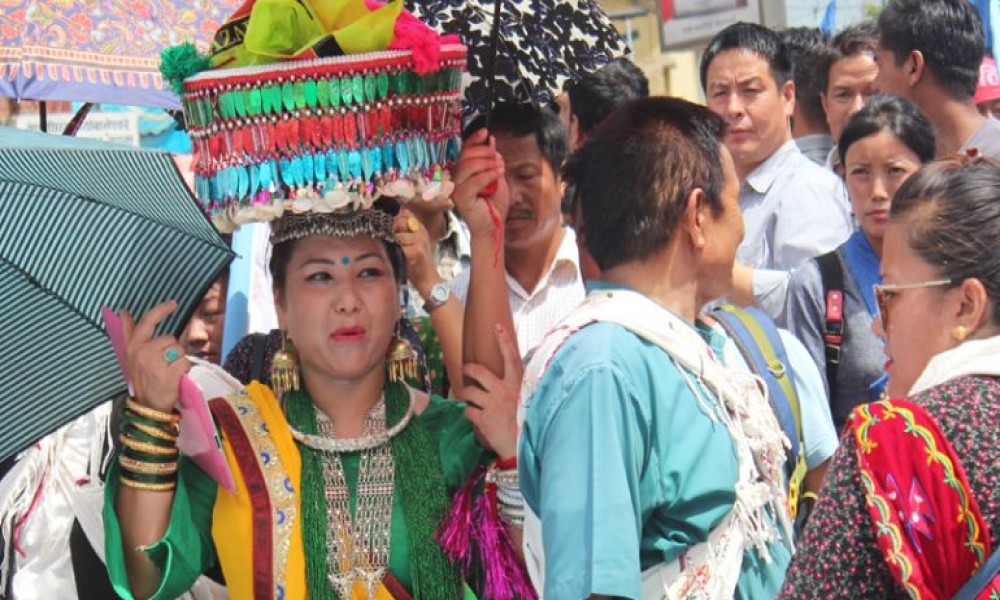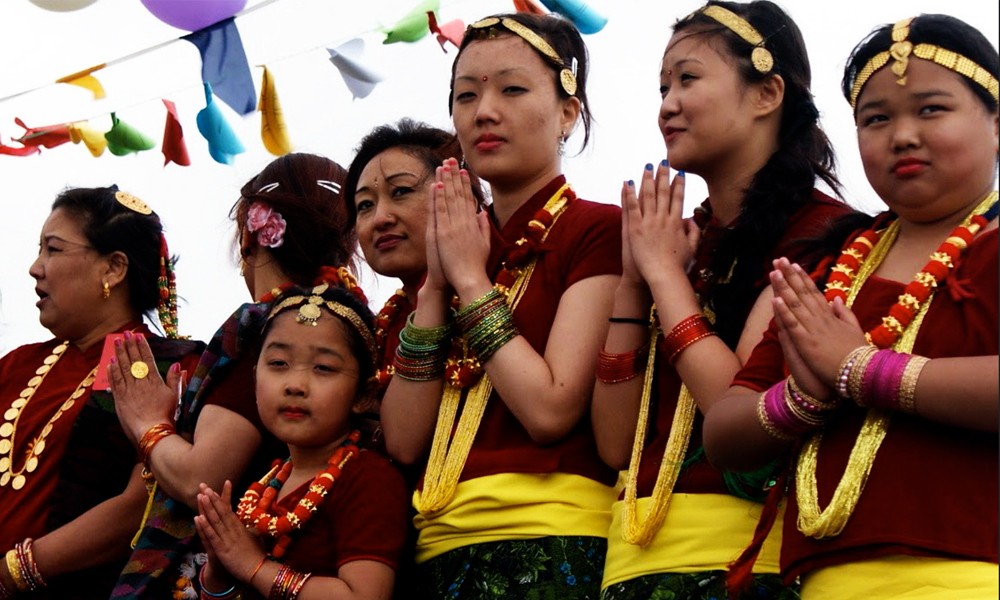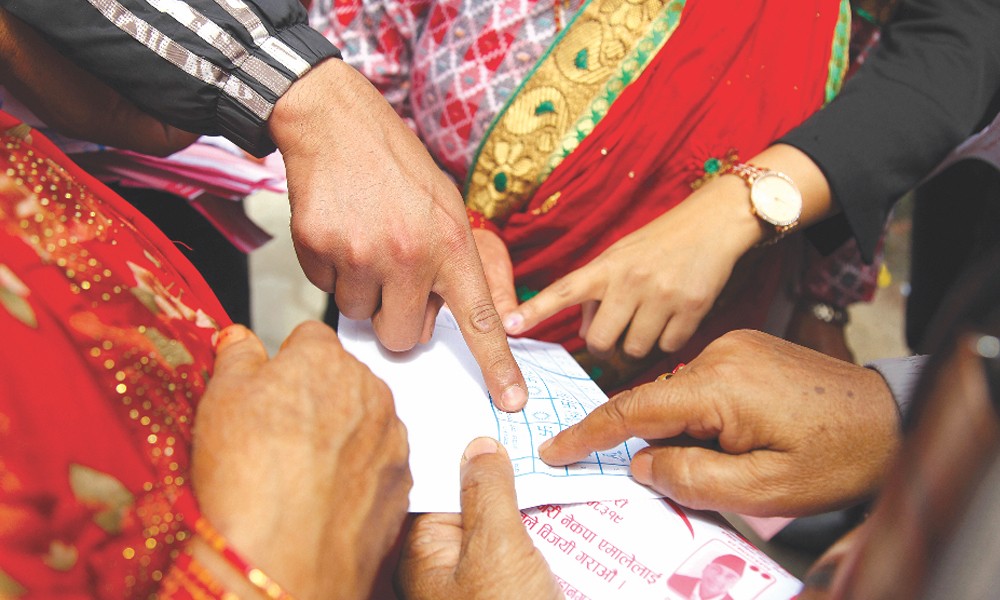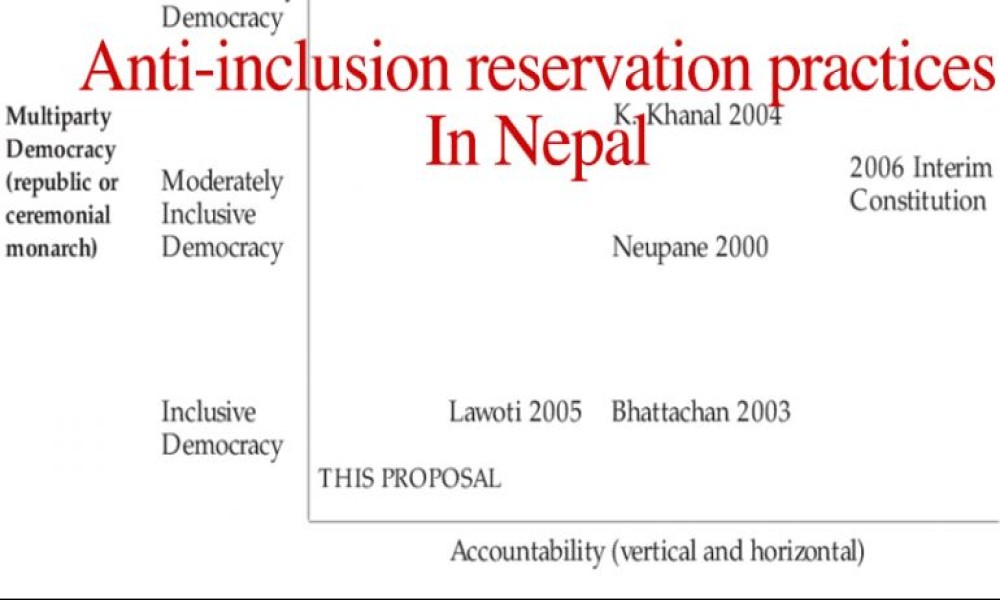A cohort of Nepali leaders and intellectuals is pushing the idea that addressing the issues of class and economy alone would be enough to create prosperity in a developing and ethnically diverse country like Nepal. They believe that the more the country prospers the weaker identity politics becomes; and the specter of an ethnic conflict will just fade away.
The cohort's ulterior motive is clear: to deny backward and marginalized ethnic groups what they have been fighting for -- autonomy. The idea that fixing the economy would solve all the problems is baseless, but it is still gaining ground because it is being held and promoted by those who dominate Nepal's politics, state mechanisms and the media.
An analysis of economically rich countries, their history and diversity and governance structures shows the idea that prosperity will blur ethnic lines is far from reality. This idea could have been justified only if ethnic diversity had disappeared in prosperous countries; or if rich countries had not included people from diverse ethnicities in their governance mechanisms.
Many countries have created various governance structures like federal states and autonomous units to accommodate diverse ethnic groups. Many countries do not have as diverse populations as in Nepal, but they are still practicing federalism and autonomy.
To prove this point, an analysis of 29 democratic countries, which top the Human Development Index (HDI) in 2017, has been presented. Of these top 29 democratic countries with HDI rankings, 62% have low level of diversity and 17 have even lower level of diversity. To gauge level of diversity, a 2003 diversity list of 215 countries has been used. These countries are given points ranging from 0 to 1. While 0 represents homogeneity, 1 is for those countries where multiple castes and ethnic groups exist.
Looking at the fact that most countries with high HDI have low or lower level of diversity, one would be forgiven to think that ethnic diversity must have gradually disappeared as they grew prosperous. But that is not true. The reality is most of these high-HDI countries, 72 per cent to be precise, are in Europe. Most of them were created after the signing of the Westphalia treaty in 1649, which ended the three decade-long European wars of religion. One should not forget the fact that most of these European countries were created for different races: one country for each race. They have been homogenous since then, and not the other way around. It would be wrong to assume that ethnic diversity disappeared in European countries as they became riche.
However, as they became prosperous, they attracted immigrants, refugees and asylum seekers from different countries. Whatever little diversity that exists in these countries is because of the inflow of migrants from around the globe.
The rich and prosperous countries with high HDI rankings have accepted ethnic diversity as part of their national identity. Diverse ethnic groups have lived there in harmony, supporting one another go grow and prosper.
A look into how prosperous countries have managed ethnic diversity shows whether ethnic diversity disappears as the countries become prosperous. Many countries have created various governance structures like federal states and autonomous units to accommodate diverse ethnic groups. Of the 29 high-HDI democratic countries, 16 (55%) have managed ethnic diversity through ethnic federalism and ethnic autonomous units.
In a nutshell, rich and prosperous countries with high HDI rankings have accepted ethnic diversity as part of their national identity. Diverse ethnic groups have lived there in harmony, supporting one another go grow and prosper.
Even in those countries that have low level of diversity, autonomous units have been created for various ethnic groups. Ten of the 18 low-diversity countries have at least one or more autonomous units. In these countries, dominant and ruling castes have not totally excluded minority communities from governance. Even small minority groups have been exercising local governance in their own right.
These countries do not have as diverse populations as in Nepal, but they are still practicing federalism and autonomy. This is quite the opposite of what Nepal's influential leaders and intellectuals think -- fixing the economy would solve all the grievances of diverse ethnic groups.
-This is an unofficial translation of a summarized version of Prof. Mahendra Lawati's article originally published in Kantipur daily on 5 November, 2019










